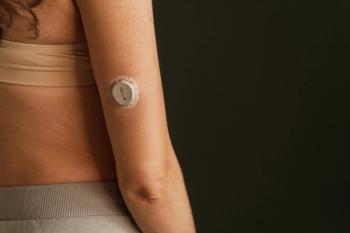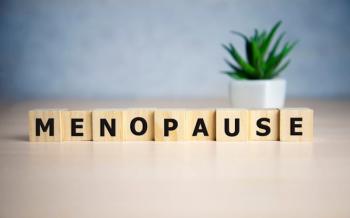
Alternative Options for Anti-Opioid Addiction Medications in Health Care
In recent years, drugmakers have been accused of pushing opioid prescriptions on physicians across the United States and allegedly downplaying the risks of addiction. Meanwhile, governments feel that distributors and pharmacies have turned a blind eye to suspicious orders and failed to meet government requirements on painkillers.
The misuse and addiction of opioids is a serious crisis in the United States, even being declared a public health emergency by the Trump administration in 2017.1
The CDC estimated that the total economic burden of prescription opioid misuse alone in the United States is $78.5 billion per year, which includes the costs of health care, lost productivity, addiction treatment, and criminal justice involvement.2
In recent years, drugmakers have been accused of pushing opioid prescriptions on physicians across the United States and allegedly downplaying the risks of addiction. Meanwhile, governments feel that distributors and pharmacies have turned a blind eye to suspicious orders and failed to meet government requirements on painkillers.3
As a pharmacist, your insight has a direct effect on patient outcomes. Help drive medicine forward with your opinions. Participate in a quick survey of OTC products for a chance to win a $1,000 Visa gift card. Vote now by clicking here:
According to a new study by JAMA Network Open, most US citizens who check in to residential treatment facilities to recover from opioid use disorder are not given medicines proven to combat addiction. In addition, access to anti-addiction medications was most limited in states with less coverage for residential treatment through Medicaid and in states with more restrictions on prescribing these drugs.4
Only 15% of patients in residential drug treatment centers received the proper anti-addiction medicines, such as naltrexone or methadone, for effective treatment, according to the study. Although several medications on the market are approved to help manage withdrawal symptoms and cravings, these medications have their own risks due to their strong nature.4,5
"Medications for opioid use disorder have repeatedly been shown to reduce the rates of opioid relapse and overdose death, and residential facilities should be working towards expanding all treatment options to address the opioid crisis that is devastating this country," said Andrew Huhn, PhD, of the John Hopkins University School of Medicine in Baltimore, in a prepared statement.4
Due to the rise in opioid addiction, the use of alternative nonopioid pain management options has grown. For example, the FDA has recently approved Baudax Bio's meloxicam injection (Anjeso) for the management of moderate to severe pain. This injection can be used alone or in combination with other non-steroidal anti-inflammatory analgesics, according to the company.6
Other examples of nonopioid therapies have been tested in various clinical studies, showing positive outcomes for the patients involved. These options include cognitive behavorial therapy, guided imagery, acupuncture, chiropractic care, and herbal medicines.7
REFERENCES
- Ending America’s Opioid Crisis. The White House. https://www.whitehouse.gov/opioids/. Accessed February 24, 2020.
- Opioid Overdose Crisis. NIH. https://www.drugabuse.gov/drugs-abuse/opioids/opioid-overdose-crisis. Updated February 2020. Accessed February 24, 2020.
- Feeley, Jef. McKesson dangles $1 billion legal fund to boost opioid deal. Bloomberg. https://www.bloomberg.com/news/articles/2020-02-20/mckesson-opioid-distributors-propose-1-billion-legal-fee-fund. Published February 20, 2020. Accessed February 24, 2020.
- Few US residential drug rehabs give anti-addiction medicine. Reuters. https://www.reuters.com/article/us-health-addiction-treatment/few-u-s-residential-drug-rehabs-give-anti-addiction-medicine-idUSKBN20E2SO. Accessed February 24, 2020.
- What drugs are used in addiction rehabilitation treatment? American Addiction Centers. https://americanaddictioncenters.org/addiction-medications. Published February 4, 2020. Accessed February 24, 2020.
- Novel drug for pain management granted FDA approval. Pharmacy Times. https://www.pharmacytimes.com/news/novel-drug-for-pain-management-granted-fda-approval. Accessed February 24, 2020.
- 10 Alternatives to Opioids for Pain Management. Safer Lock. https://saferlockrx.com/7-alternatives-to-opioids-for-pain-management/. Published August 28, 2018. Accessed February 24, 2020.
Newsletter
Stay informed on drug updates, treatment guidelines, and pharmacy practice trends—subscribe to Pharmacy Times for weekly clinical insights.

















































































































































































































